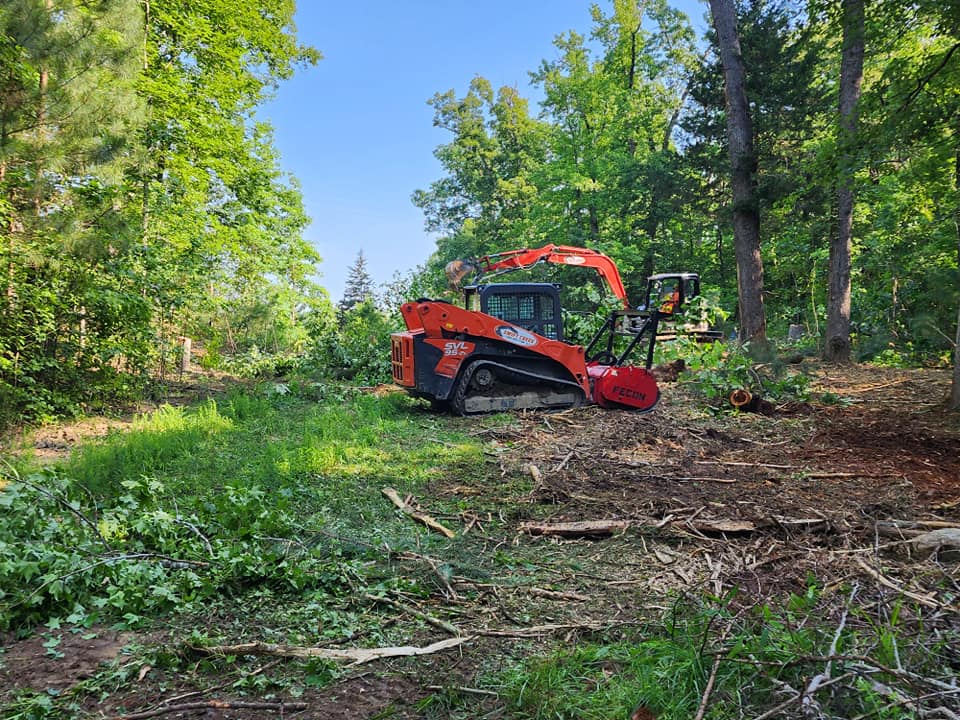
Uncovering the Best Practices in Excavation Safety Oct 07, 2025
The first and fundamental step in excavation safety is conducting a comprehensive site inspection. Understanding the geography of the site, including the soil composition and potential hazards such as underground utilities, is vital. Before digging begins, it's essential to locate and mark any buried pipes, cables, or other utilities. This preparation helps prevent damage and ensures the safety of the workers involved.
Once the site has been assessed and marked, creating a safety plan is the next critical step. This plan should outline emergency procedures, communication strategies, and clearly define the roles and responsibilities of each team member. Regular safety meetings and briefings help reinforce these strategies and keep safety front-of-mind for all team members. It is important to document these procedures and have a ready reference on-site.
Slope and shoring are also central aspects of maintaining excavation safety. Proper sloping, benching, or shoring prevents trench collapses, which are among the most common and deadly excavation accidents. The technique chosen depends on the depth of the excavation and the type of soil. For this reason, using engineered trench boxes or other support systems is typically required to maintain the stability of the excavated walls.
Personal protective equipment (PPE) is another indispensable element of excavation safety. Hard hats, steel-toed boots, high-visibility clothing, gloves, and goggles are standard; however, additional gear may be necessary depending on the specific site conditions. It’s imperative that all workers understand the importance of PPE and are trained to wear it correctly throughout the excavation process.
Ongoing training and vigilance cannot be overstated. Continuous education on the latest safety standards and techniques for all crew members ensures that the team stays updated with best practices. Regular on-site training sessions should be conducted to embed a culture of safety within the workforce, thereby minimizing risks and enhancing the overall security of the project.
Communication is key in any excavation project. All stakeholders, from site managers to equipment operators, must maintain clear communication channels. Two-way radios or other effective communication tools can ensure that important information is relayed quickly and efficiently, reducing response time in case of an emergency.
Finally, regular inspections should be incorporated into the workflow to identify emerging risks and adapt strategies as necessary. A safety officer or a qualified person should carry out these checks to ensure that all safety measures are being followed and that any new risks are promptly and effectively addressed.
In conclusion, the safety of an excavation site is paramount and requires a thorough approach combining risk assessment, planning, training, and constant vigilance. At Swift Creek Construction LLC, we prioritize these best practices in excavation safety to protect our workforce and deliver quality results. With careful planning and execution, excavation can be carried out safely and efficiently, laying a strong foundation for future construction.
/filters:no_upscale()/filters:format(webp)/media/b1c34cd5-2244-469e-8323-875ade923db7.jpeg)